9 safety tips for waterfall hikes - get kitted up, stay on the trail, and never ever jump in...
A waterfall hike may seem like an idyllic idea, but if you're more focussed on selfie taking for your socials, you could get into trouble
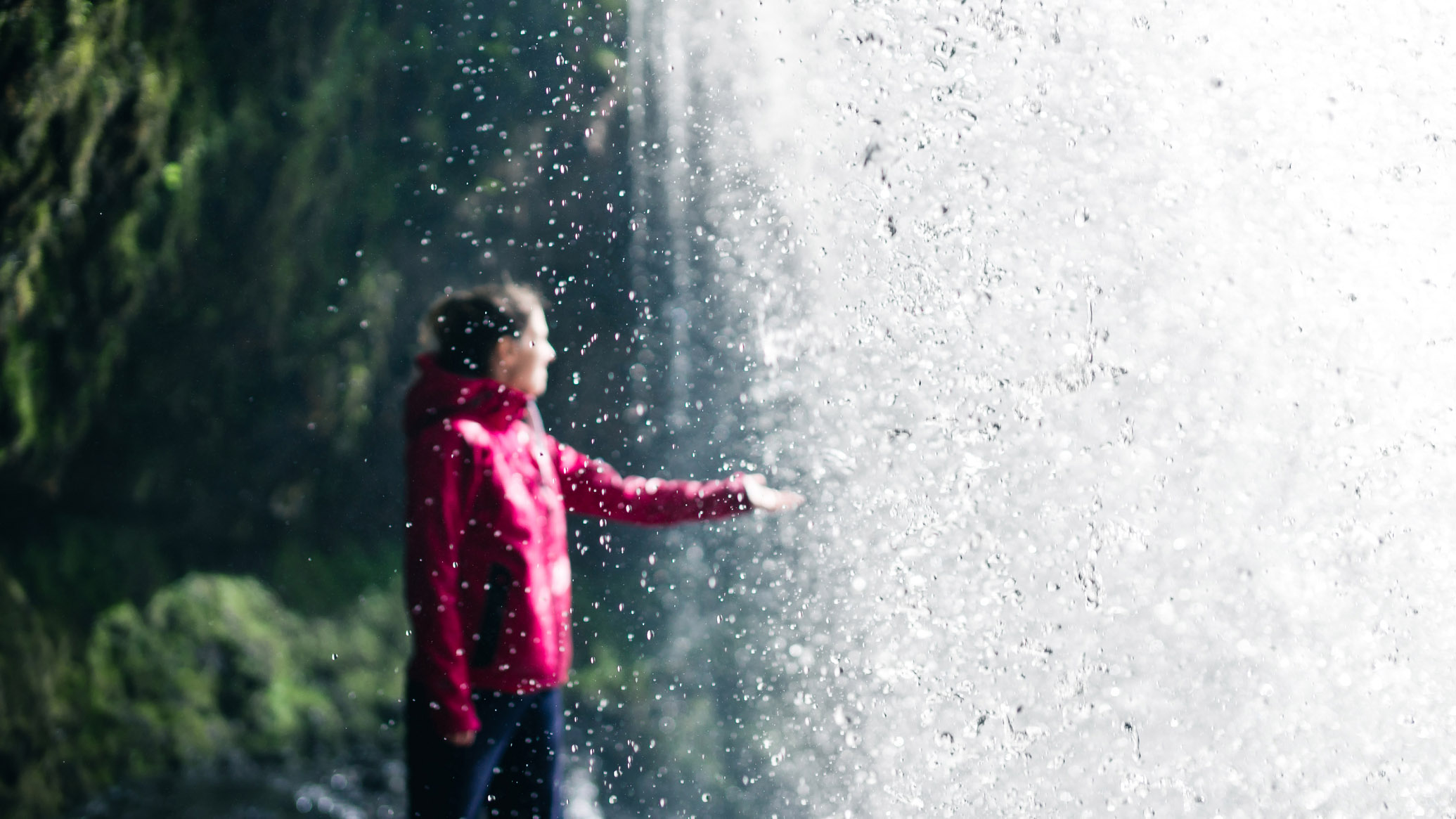
There’s nothing quite like flocking to wild spaces like Yosemite National Park to see Yosemite Falls and Vernal Falls at their peak, or taking on some of the best Washington waterfall hikes to catch the cascades there in full flow, but waterfall hikes can pose some unique risks for hikers, too.
All too often, hikers are badly injured or worse while hiking around waterfalls, and the rise of social media seems to have ramped up the problem, with people jumping in for likes, without realising the risks involved.
We've put together these safety precautions to help you stay safe when you’re rambling around the rapids, so read on before you set off on that Insta-inspired hike.
1. Wear the right footwear
Unsurprisingly, perhaps, trails near waterfall hikes are often slick and even if it’s a short walk, flip flops, fashion shoes like Vans and possibly even running trainers may not provide enough traction to be safe. Wear hiking boots or hiking shoes with good grip and deep lugs before attempting a waterfall hike.
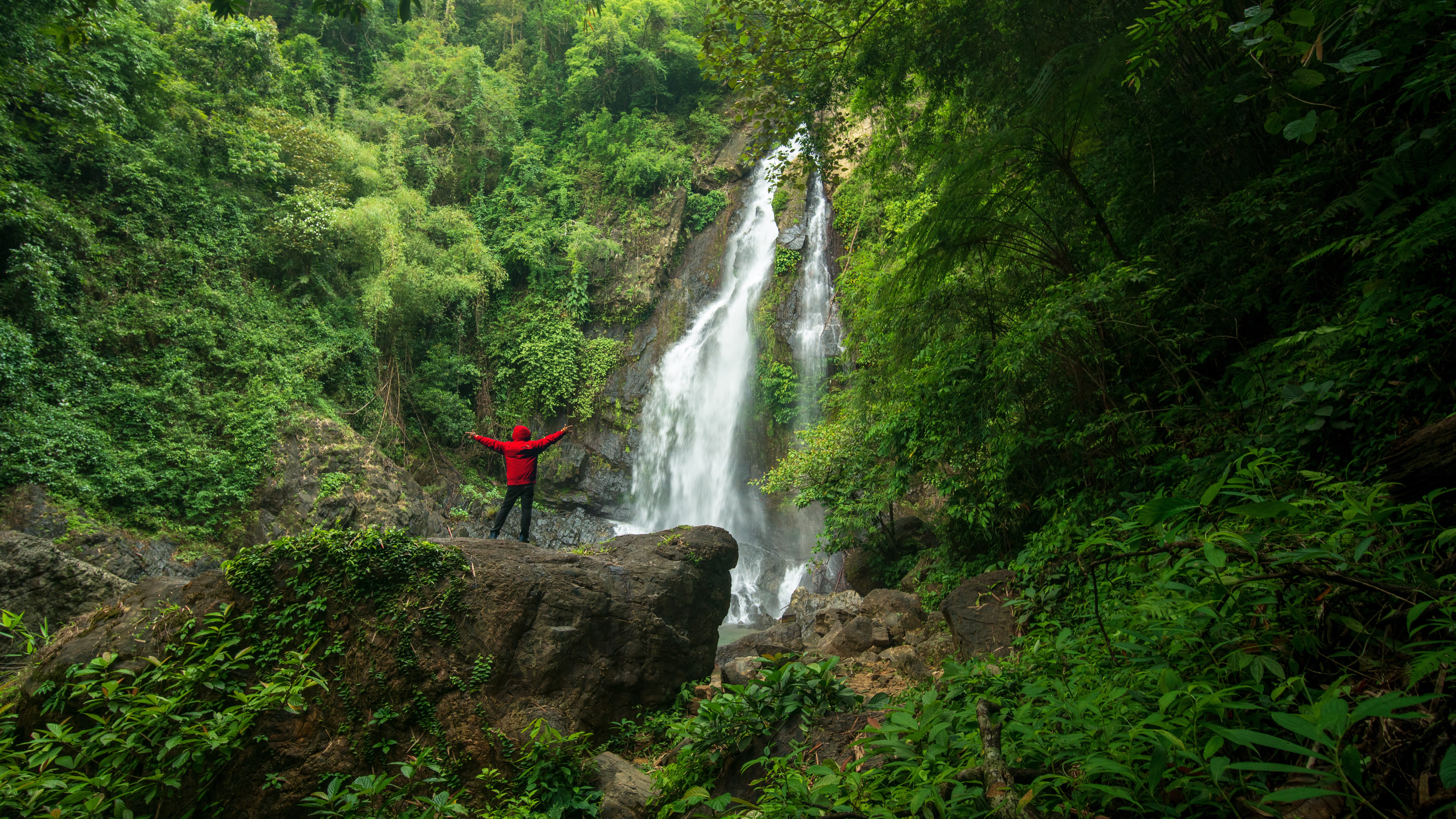
2. Stay on the trail
It’s tempting to want to clamber over boulders to get a better view of the falls, but waterfalls and rivers can create deep gorges where the risk of taking a tumble is high. Stick to the trail and use viewing platforms to get that perfect outlook.
3. Don't jump in
It might sound crazy, but people do die every year jumping off waterfalls. Whether they’re trying to get a great video for Instagram or just natural daredevils, we have no way of knowing, but we do know that the froth makes it impossible to see how deep the pool at the bottom may be, the currents can be fast flowing and the aerated water at the bottom is more difficult to swim in than a lake or pool. No matter how warm the weather is and how tempting it looks, stay out of the falls. Remember, there’s no lifeguard to save you.
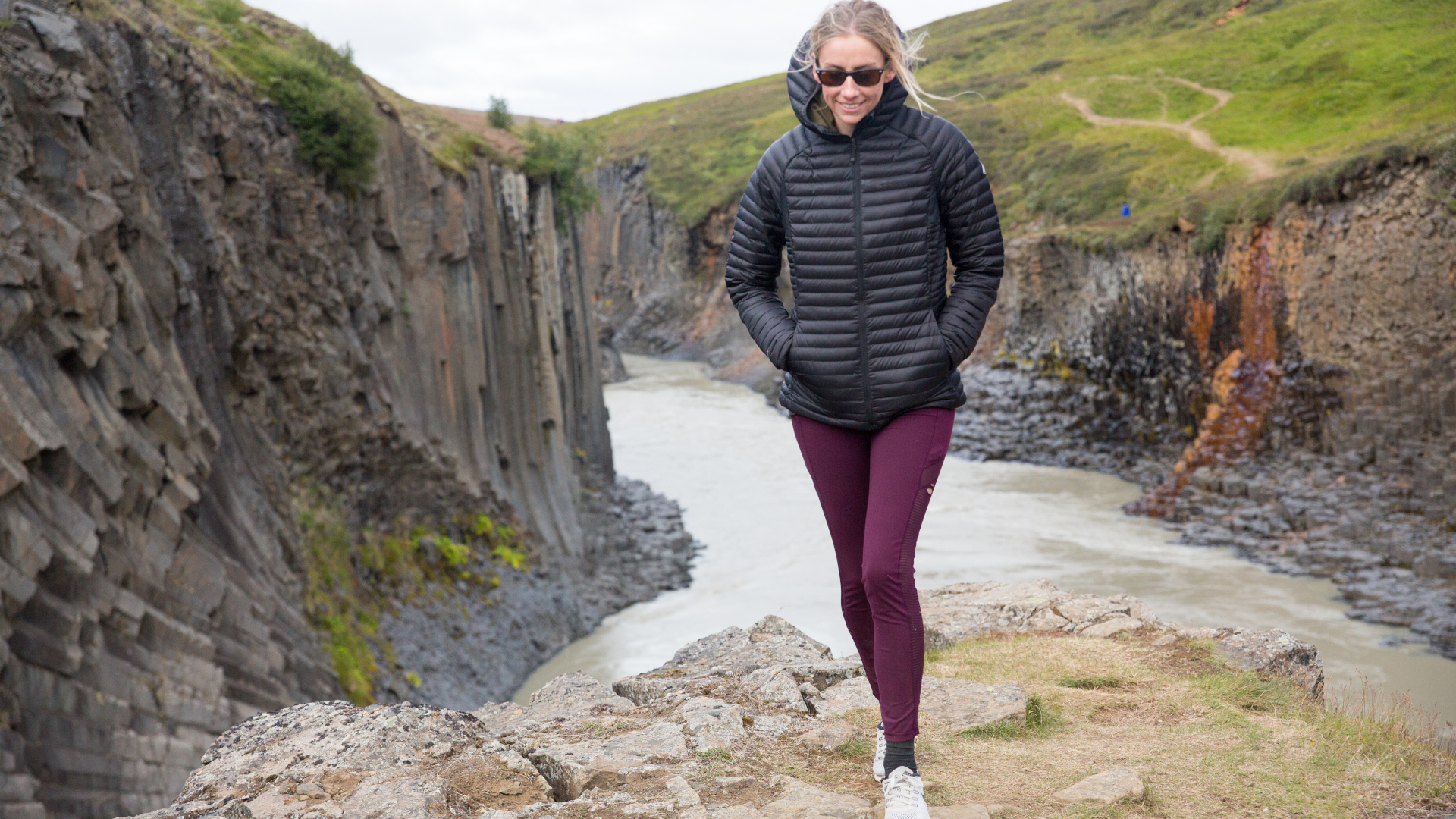
4. Check the forecast
Because the trail may be rocky and is likely to be wet in parts, it’s important to check the forecast before you go and see if there are freezing temperatures, either during the day or overnight. Shaded areas in particular can remain icy throughout the day and be treacherous, especially if you don’t have proper traction devices for hiking.
All the latest inspiration, tips and guides to help you plan your next Advnture!
5. Consider trekking poles
Not everyone loves hiking with trekking poles, but they can be useful if the trail you're tackling is steep, rock and slick. They can help you test the ground and keep your footing. If nothing else, don’t be afraid to use your hands and feet to scramble.
6. Skip the selfie
Hiking plus waterfalls plus selfie-taking have proved to be a lethal combination in recent years. Exposed areas near waterfalls can be death traps when you’re more interested in what filter to use and how you look than how close you are to the edge. Keep your camera out of reverse mode and enjoy what’s in front of you.
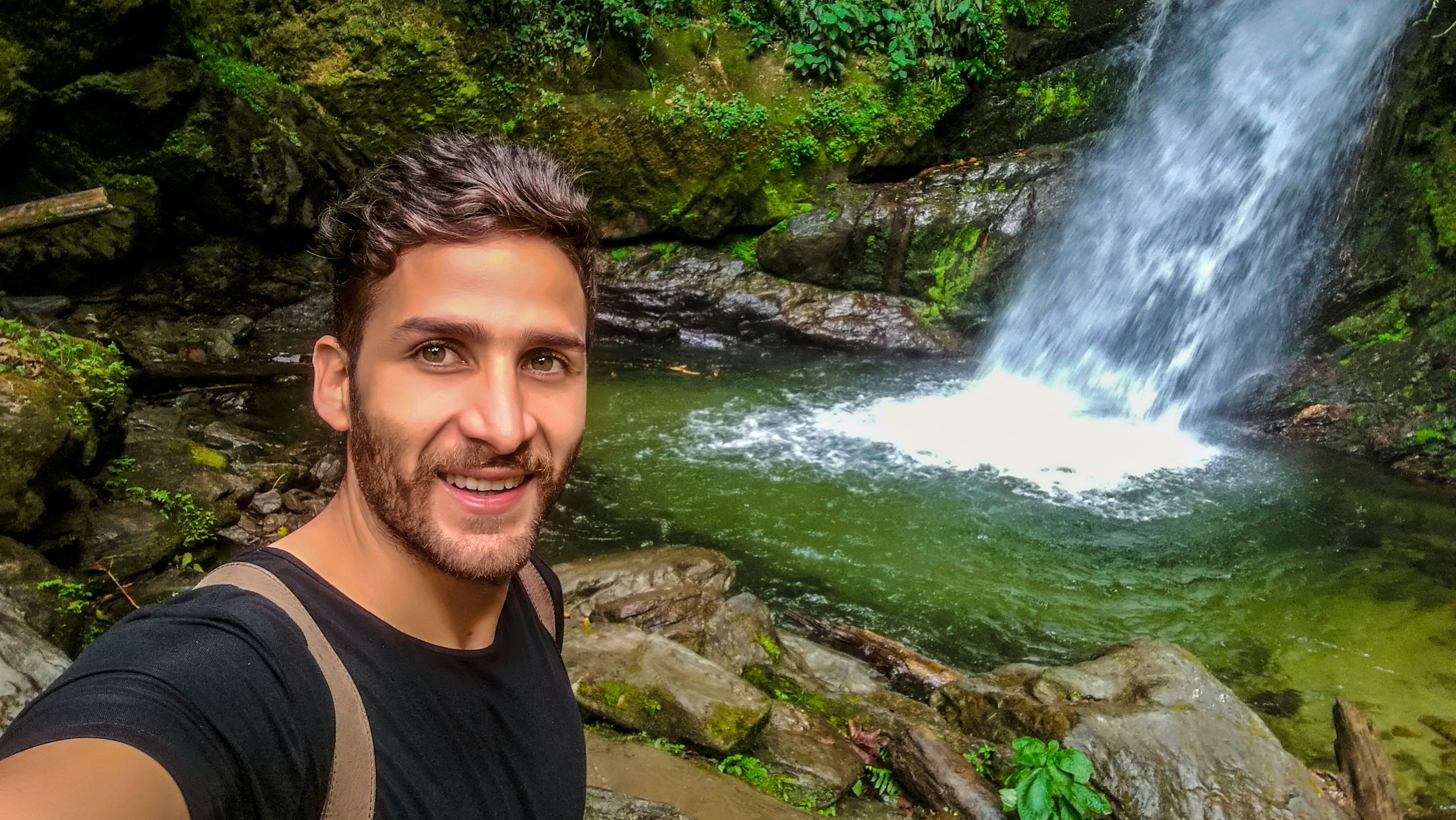
7. Obey trail closures and signs
Trails that you have your heart set on exploring may be temporarily closed during spring runoff if they’re flooded. It can be disappointing but you should always turn back rather than try to cross rushing water. Additionally, permanent signs may be in place asking you to keep out of certain areas or away from the edge. These signs aren’t meant to ruin your fun; they’re there to protect you.
8. Bring a buddy
It’s generally advised not to hike alone, and to make sure someone knows where you are going, but waterfall hikes in particular are a good time to bring a friend. This way if you do get into trouble, someone is around to spring into action.
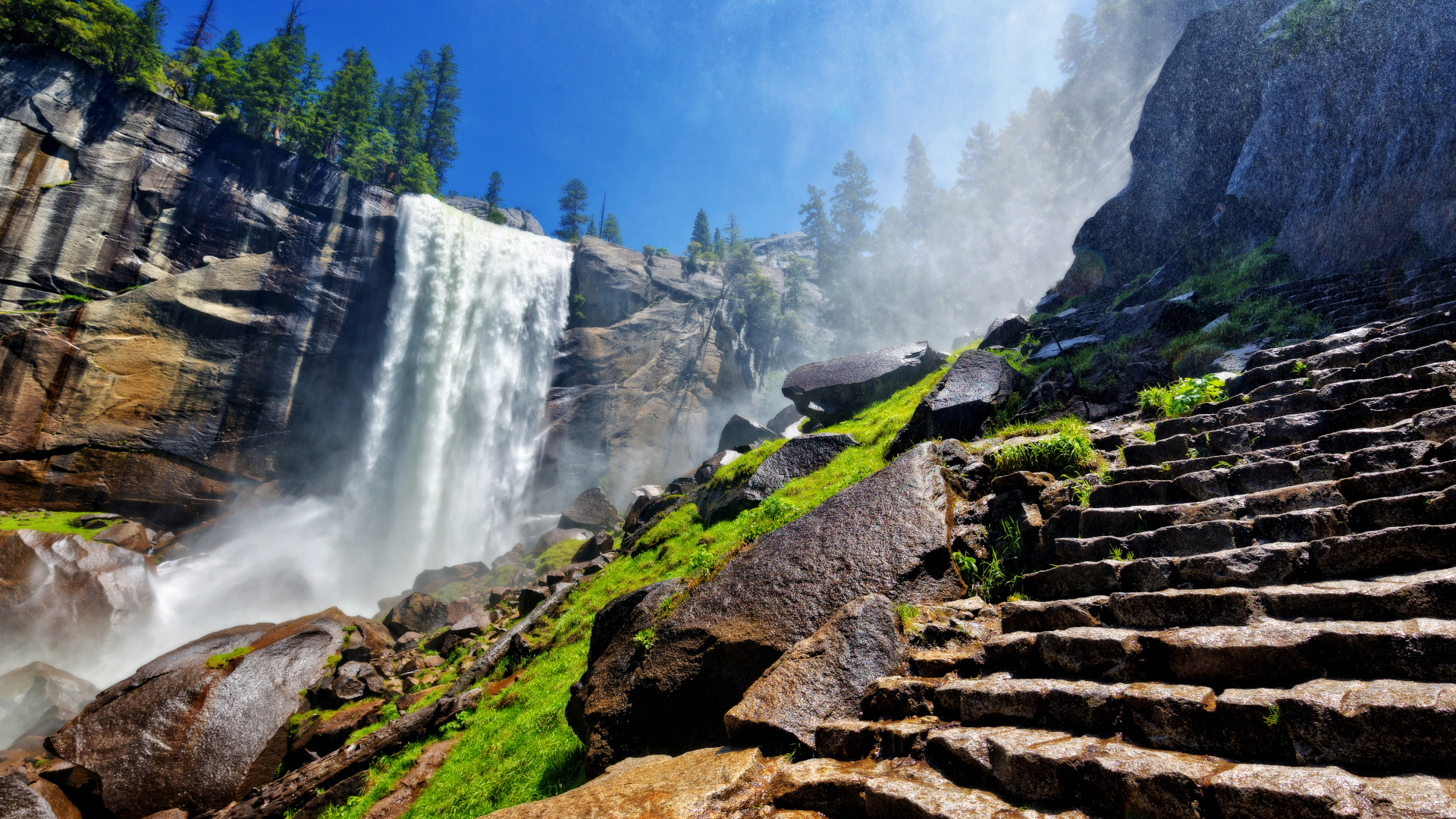
9. Know where to swim
Wild swimming near waterfalls isn’t always treacherous, but you need to know where to go. Avoid swimming above a falls where you could get swept over the edge and look for mellower pools downstream. Wear water shoes to help avoid nasty slips when you’re getting in and out.
Julia Clarke is a staff writer for Advnture.com and the author of the book Restorative Yoga for Beginners. She loves to explore mountains on foot, bike, skis and belay and then recover on the the yoga mat. Julia graduated with a degree in journalism in 2004 and spent eight years working as a radio presenter in Kansas City, Vermont, Boston and New York City before discovering the joys of the Rocky Mountains. She then detoured west to Colorado and enjoyed 11 years teaching yoga in Vail before returning to her hometown of Glasgow, Scotland in 2020 to focus on family and writing.

